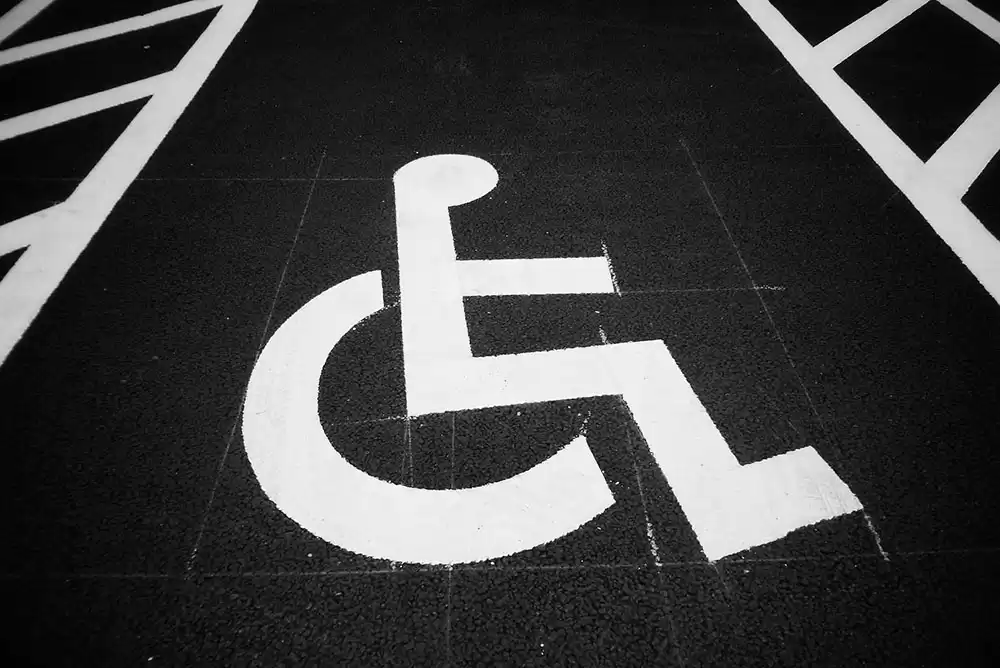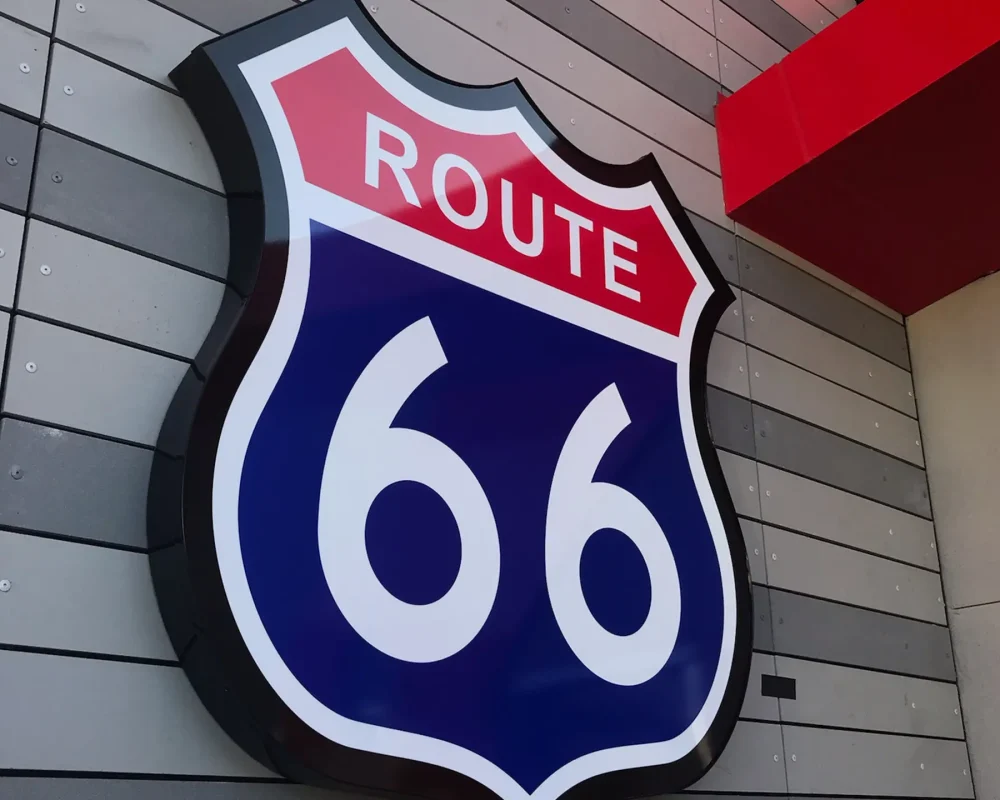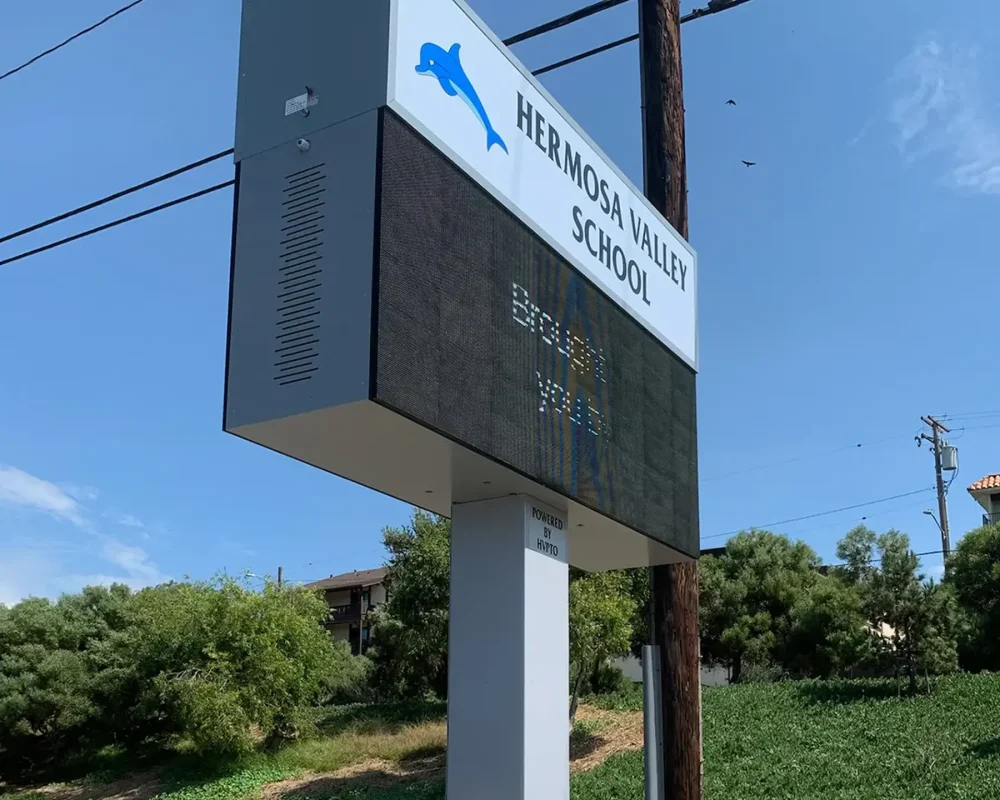The Americans with Disabilities Act (ADA) has been in effect for over 30 years, but many people do not understand its history and implications. This blog post seeks to provide a comprehensive overview of the ADA and all that it encompasses. From the historical background that led to its passing to California’s role in providing extra protections to public-access buildings and signage requirements, here is a look at what you need to know.
The Origins of the ADA
In 1990, Congress passed the Americans with Disabilities Act (ADA). This landmark legislation was created to ensure that individuals with disabilities had access to employment and public services on an equal basis as those without disabilities. It was a long overdue recognition of decades of activism by advocacy groups pushing for greater accessibility rights since before World War II.
Advocacy groups and legislation have played an instrumental role in developing and ratifying the Americans with Disabilities Act (ADA). These organizations and documents have protected those individuals who suffer from physical, emotional, or mental disabilities throughout the United States. One of the most significant aspects of The ADA is that it legally distinguishes those with disabilities as a protected group in civil rights cases. This allows them to gain access to recourses that were not available to them before, such as reasonable accommodations for learning and work environments. In addition, it guarantees basic rights, including respect and dignity, in day-to-day life experiences. Furthermore, with the passing of this law, a greater awareness of the discrimination that often goes unnoticed; this includes both overt acts and subtle forms of prejudice. The advocacy groups and legislation involved in developing the ADA represent a commitment to respect human diversity across all backgrounds.
California and the ADA
In addition to federal law, states have laws regarding disability rights. California has some of the strongest disability protection laws in the country. These include a prohibition against discrimination based on physical or mental disability and an additional requirement for businesses to make “reasonable accommodations” for employees with disabilities. These additional provisions ensure that Californians living with a disability are given even more protection than those living in other states.
The ADA and Public-Access Buildings
All new construction and alterations of public-access buildings must comply with specific accessibility requirements set forth by the ADA. General contractors are responsible for ensuring compliance with these regulations during any renovation project involving public-access facilities such as schools, hospitals, government buildings, movie theaters, etc. Some critical elements include ramps or elevators where necessary; accessible entrances; wide doorways; unobstructed hallways; accessible bathrooms; etc. Any contractor working on such projects should be familiar with these requirements to ensure they are met successfully during any renovation process.
ADA Signage Requirements
Every ADA sign must be compliant with the American Disabilities Act regulations, making sure that all specifications and requirements are met. ADA-compliant signage includes:
- Tactile letters and Braille characters.
- Colors that are discernable from a low-level view.
- Type and stroke size restrictions to ensure legibility.
These regulations also dictate where signs must be placed in public buildings to ensure that people with disabilities are not left out. ADA-compliant signs can mean the difference between someone safely navigating a building or running errands independently. Taking the time to ensure ADA-compliant signage shows consideration for those who depend more on these signs than others is an easy way to ensure everyone feels included and appreciated when they visit a space.
The Americans With Disabilities Act (ADA) has provided much-needed protections for individuals living with disabilities since it was passed almost 30 years ago. It is vital for everyone involved in construction projects dealing with public-access buildings to be aware of both federal and state regulations regarding accessibility so that they can properly incorporate them into their work plans successfully while still meeting all legal requirements according to code standards set forth by both federal laws as well as individual state laws like California’s solid protections for disabled persons. By understanding these regulations fully, contractors can help create an environment where individuals living with disabilities have access equal to those without disabilities, which will lead to improved quality of life overall for people living within our communities throughout America now and into the future!
If you want to add ADA-approved signs to your business today, look no further than our website. We at Resource 4 Signs are ready and willing to help your place of business be more accommodating to Americans with disabilities.





